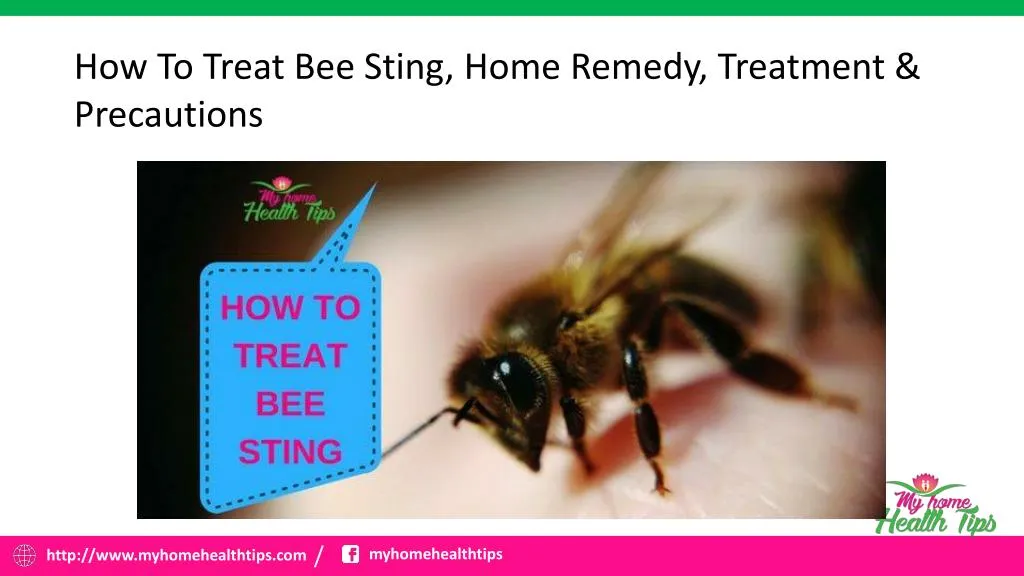

Contact Little Giant Beekeepers right away! We will safely remove the hive as quickly as possible. If you ever see bees inside or outside your home, there’s a chance a beehive is there too. Make sure to apply honey indoors though, you don’t want to attract any more bees! Little Giant Beekeepers Can Help Prevent Bee StingsĪlthough there are many home remedies to treat bee stings, the best solution is to stop it from happening in the first place. It has antibacterial properties that can prevent the affected area from getting infected. Honey has many medicinal properties and contains compounds that reduce swelling. It may seem odd, but bees create the remedy to heal the wounds they cause.

Create a 1:5 ratio, with olive oil being the main base. Some of the oils include tea tree, thyme, rosemary, lavender, and witch hazel. Many of them have antibacterial and antifungal properties, which can help with preventing infections. These oils may help with pain and swelling. These oils have wound-healing properties, but be careful when using them, for some may create an allergic reaction. According to a study done in 2015, aloe has anti-inflammatory and antibacterial properties, which explains the magical relief you feel when it touches the affected area.

It will also prevent the area from getting infected. It has cooling, soothing, and moisturizing qualities that will reduce pain and swelling. If you have ever gotten a bad sunburn, then you probably have used aloe to treat it and have it lying around somewhere in the house. Create a solution with one part meat tenderizer and four parts water. Meat Tenderizers Reduce Pain Papain is an enzyme in meat tenderizers that is believed to break down the protein that causes pain and itching. It contains lots of alkalines and too much of it can damage the skin. Leave the bandage on for about 15 minutes and reapply as needed. Apply it to the affected area and cover it with a bandage. This will help neutralize the venom and reduce itching and swelling. Baking Soda Reduces Itching and SwellingĬreate a paste with water and baking soda. Simply place a small dab of toothpaste in the affected area. However, it does not stabilize wasp venom, so be sure to know which one has stung you. The claim is that alkaline toothpaste helps neutralize bee venom. Although it’s unusual and has never been scientifically proven, it has been used by many people to treat stings. This is a remedy that most people have at their disposal. Keep it there for a couple of minutes and repeat it as many times as needed. Wrap an ice pack (or the sort) with a cloth and place it on the site of the sting. After this is done, the most common step is to use ice or a cold compress. Then, wash the area thoroughly to remove any extra venom. This stops any more venom from entering your body. Immediately remove the stinger with your nails or tweezers, even the side of a credit card works. Little Giant Beekeepers has gathered some helpful tips and home remedies for treating bee stings. With the proper care, you will feel better in no time. However, most people only experience mild reactions, which last a couple of days and can be treated at home. 1 to 3 percent of the population has an allergic reaction, which may end in a trip to the hospital.

Not only is it painful when the initial stinger invades your body, but the reaction your body has afterward isn’t any better. When a bee feels threatened, it will sting.


 0 kommentar(er)
0 kommentar(er)
